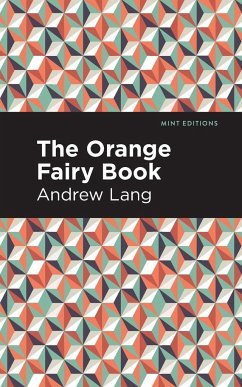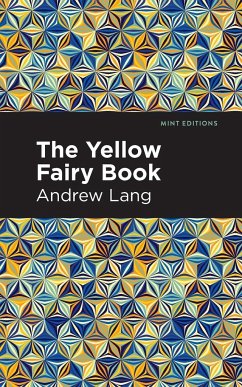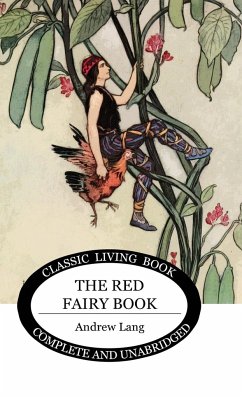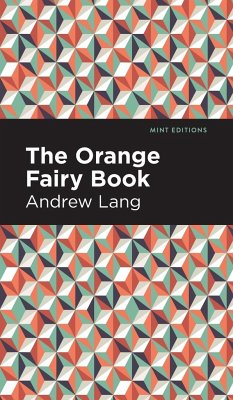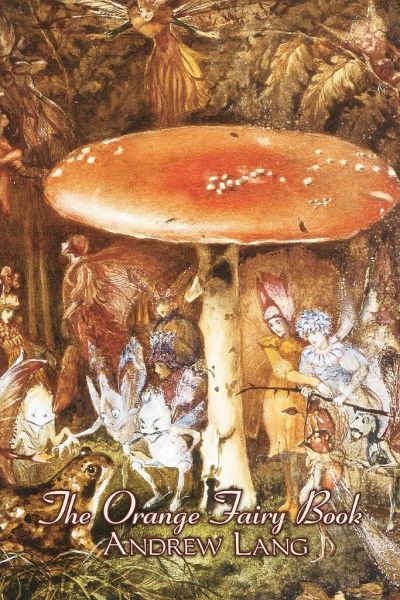
The Orange Fairy Book by Andrew Lang, Fiction, Fairy Tales, Folk Tales, Legends & Mythology
Versandkostenfrei!
Versandfertig in 1-2 Wochen
18,99 €
inkl. MwSt.

PAYBACK Punkte
9 °P sammeln!
The old puzzle remains a puzzle -- why do the stories of the remotest people so closely resemble each other? Of course, in the immeasurable past, they have been carried about by conquering races, and learned by conquering races from vanquished peoples. Slaves carried far from home brought their stories with them into captivity. Wanderers, travelers, shipwrecked men, merchants, and wives stolen from alien tribes have diffused the stories; gypsies and Jews have peddled them about; Roman soldiers of many different races, moved here and there about the Empire, have trafficked in them. From the rem...
The old puzzle remains a puzzle -- why do the stories of the remotest people so closely resemble each other? Of course, in the immeasurable past, they have been carried about by conquering races, and learned by conquering races from vanquished peoples. Slaves carried far from home brought their stories with them into captivity. Wanderers, travelers, shipwrecked men, merchants, and wives stolen from alien tribes have diffused the stories; gypsies and Jews have peddled them about; Roman soldiers of many different races, moved here and there about the Empire, have trafficked in them. From the remotest days men have been wanderers, and wherever they went their stories accompanied them. The slave trade might take a Greek to Persia, a Persian to Greece; an Egyptian woman to Phoenicia; a Babylonian to Egypt; a Scandinavian child might be carried with the amber from the Baltic to the Adriatic; or a Sidonian to Ophir, wherever Ophir may have been; while the Portuguese may have borne their tales to South Africa, or to Asia, and thence brought back other tales to Egypt. The stories wandered wherever the Buddhist missionaries went, and the earliest French voyageurs told them to the Red Indians. These facts help to account for the sameness of the stories everywhere; and the uniformity of human fancy in early societies must be the cause of many other resemblances. -- From Andrew Lang's Preface to this volume






